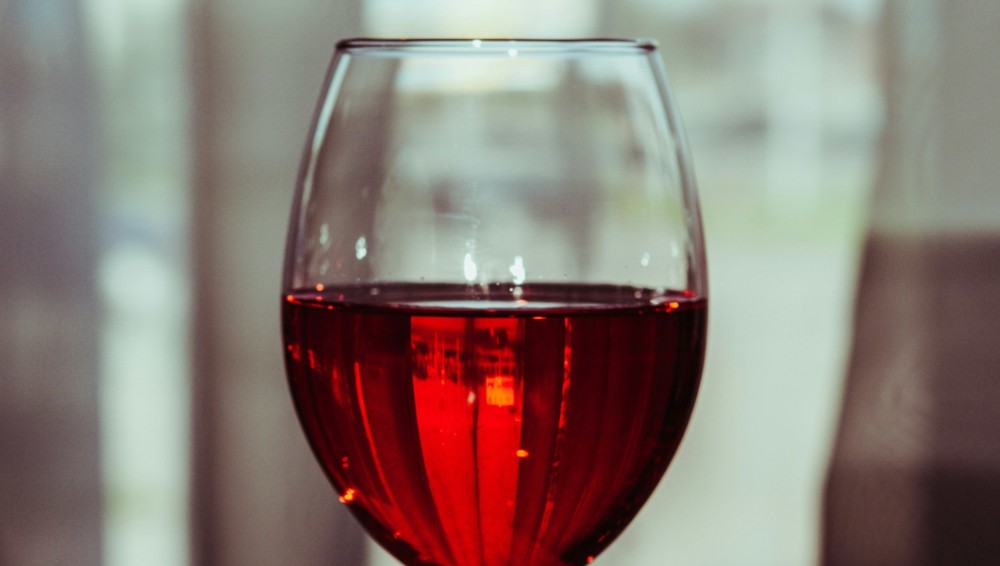Visual analysis is the first step in getting to know a wine. Carefully observing its appearance can already provide a lot of information about its
quality and
characteristics. In this guide, we will show you the fundamental steps to visually analyze wine and capture the clues that each glass has to offer, making every sip a
special moment.
Limpidity: the first step in assessing quality
Wine limpidity is the first aspect to observe. A clear wine indicates that it has been well filtered and contains no
impurities. To test limpidity, simply hold the glass up to a light source. A
cloudy wine might suggest a production issue or a natural wine that hasn’t been chemically filtered. In general,
clarity is a good sign of quality, but a slight haze is not always a flaw, especially in some unconventional wines.
Color and its shades
A wine’s
color can tell us a lot about its type and age. Red wines range from bright ruby red to garnet, while whites vary from pale yellow to golden. When examining the wine, try to notice its color along the edges of the glass, where it may appear lighter than in the center.
Younger wines tend to have more vibrant colors, while older ones can take on darker or less intense hues. A red wine that turns more garnet with age, for example, is a sign of
aging.

What does color intensity tell us?
Beyond just observing color, it is important to evaluate its
intensity. A
young wine typically has a more vibrant and bright tone, while an
aged wine may appear more muted. For example, a young red wine will have a bright red hue, whereas a mature red wine will lean toward garnet or even brown. White wines that become more golden over time indicate greater evolution.
Color intensity also tells us a lot about the
body and
structure of the wine: a
more concentrated wine will likely have a more intense color.

Viscosity and the "tears of wine"
Wine viscosity can be assessed by swirling the glass. As the wine moves along the glass’s walls, observe how droplets form and slide down. If these droplets form slowly and cling to the glass, the wine has a
high density, likely due to a high alcohol or sugar content. Conversely, if the droplets slide down quickly, the wine is
lighter. This phenomenon, known as the "tears of wine," is an indicator of the wine’s body and richness.
The presence of bubbles: the secret of sparkling wines
For a
sparkling or
frizzante wine, another crucial element to analyze is the presence of
bubbles. The bubbles should be fine and persistent. This is a sign of a good production method and
freshness. If you notice large bubbles that disappear quickly, the wine may not be very fresh or could be of
lower quality. For sparkling wines, observing the intensity and longevity of the bubbles gives an idea of the quality and craftsmanship behind its production.
Knowing wine to enjoy it to the fullest
Visual analysis is a fundamental step in understanding a wine’s qualities even before tasting it. It’s not just about observing color and clarity but also understanding its density, viscosity, and, for sparkling wines, the liveliness of the bubbles. With this information, you already have a clearer idea of the wine you’re about to
taste.
Remember: a well-done visual analysis enhances the experience and prepares you to appreciate the rest of the sensory process. To delve deeper into the art of tasting and discover more tips about the world of wine, visit
Enjoy Montalcino and let yourself be guided on a journey of taste and tradition!